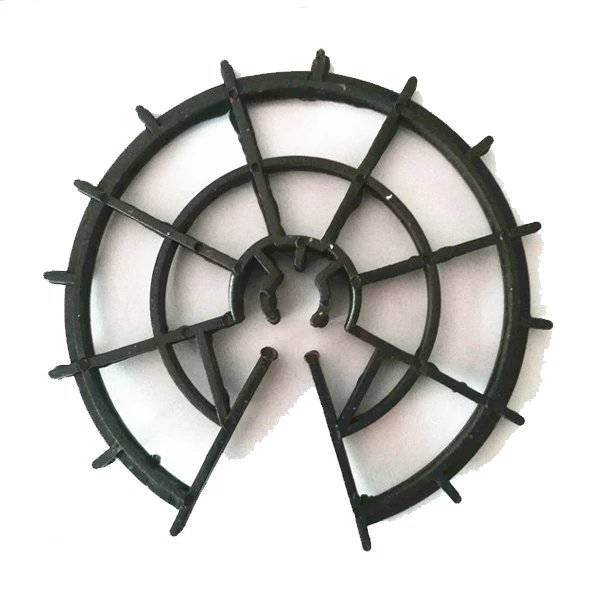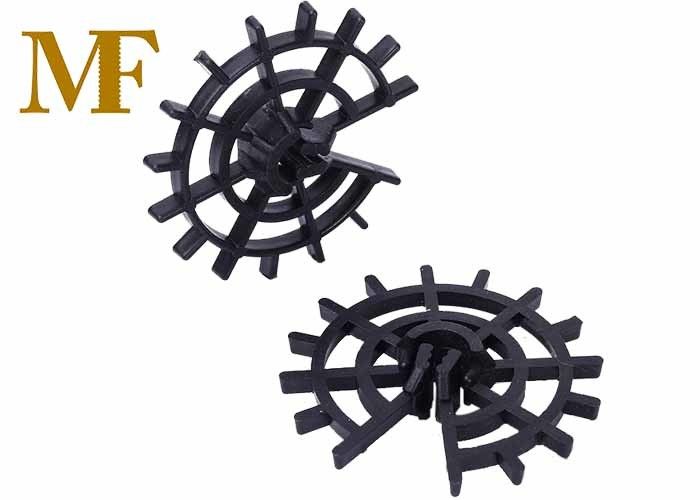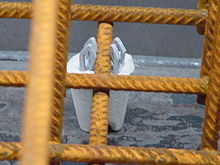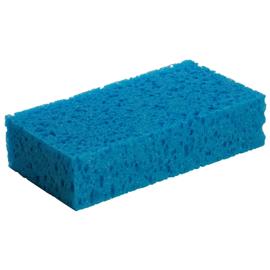9 Easy Facts About Rebar spacer - Wikipedia Described


Dayton Superior 3/4" #2-#4 Rebar Spacer Wheel - White Cap
4 Easy Facts About Plastic Products — Rebar Support Products - Concrete Shown
Plastic spacers have the benefit of the low cost production and quick processing.

China Plastic Rebar Chair Spacers for Concrete Manufacturer - China Polypropylene Rebar Chairs, Plastic Rebar Chair Spacers
The engineering research study of every enhanced concrete building, whether it is a building, a bridge, a bearing wall or other structure, forecasts the positioning of steel rebars at particular positions in the volume of concrete (anticipated concrete cover of steel support bars). This cover generally varies in between 10 and 100 mm. The statics of every concrete building are created in such a method that steel and concrete homes are combined in order to accomplish the maximum possible strength for the particular construction (e. g. anti-earthquake protection) in addition to to avoid the long-lasting corrosion of steel that would deteriorate the construction.

Dayton Superior 1" Spacer Wheel Fits #3-#6 Rebar - White Cap
The cover of the steel of a particular building aspect (for instance in a concrete slab or a beam) should be generally consistent within the aspect. Using spacers is especially essential in locations with high earthquake activity in mix with destructive environment (like proximity to salt water of sea), as for example Japan, Iran, Greece, California etc.
Little Known Facts About Rebar Spacer Wheels - White Cap.

Plastic spacers and bar assistances do not bond well with concrete, for that reason they are NOT suitable products. Much of this compatibility is described through a single expression: Plastic has mechanical (holds the bar in position) but NO structural properties (constantly will remain a foreign aspect within the building). However why is Try This ? Well here is an in-depth explanation of this affirmation: When the concrete is poured into the kind, a small gap is produced between it and the plastic. Plastic has a coefficient of thermal growth and contraction 10 to 15 times that of concrete, and when subjected to temperature level variations, the plastic continues to broaden and contract at that higher coefficient.
